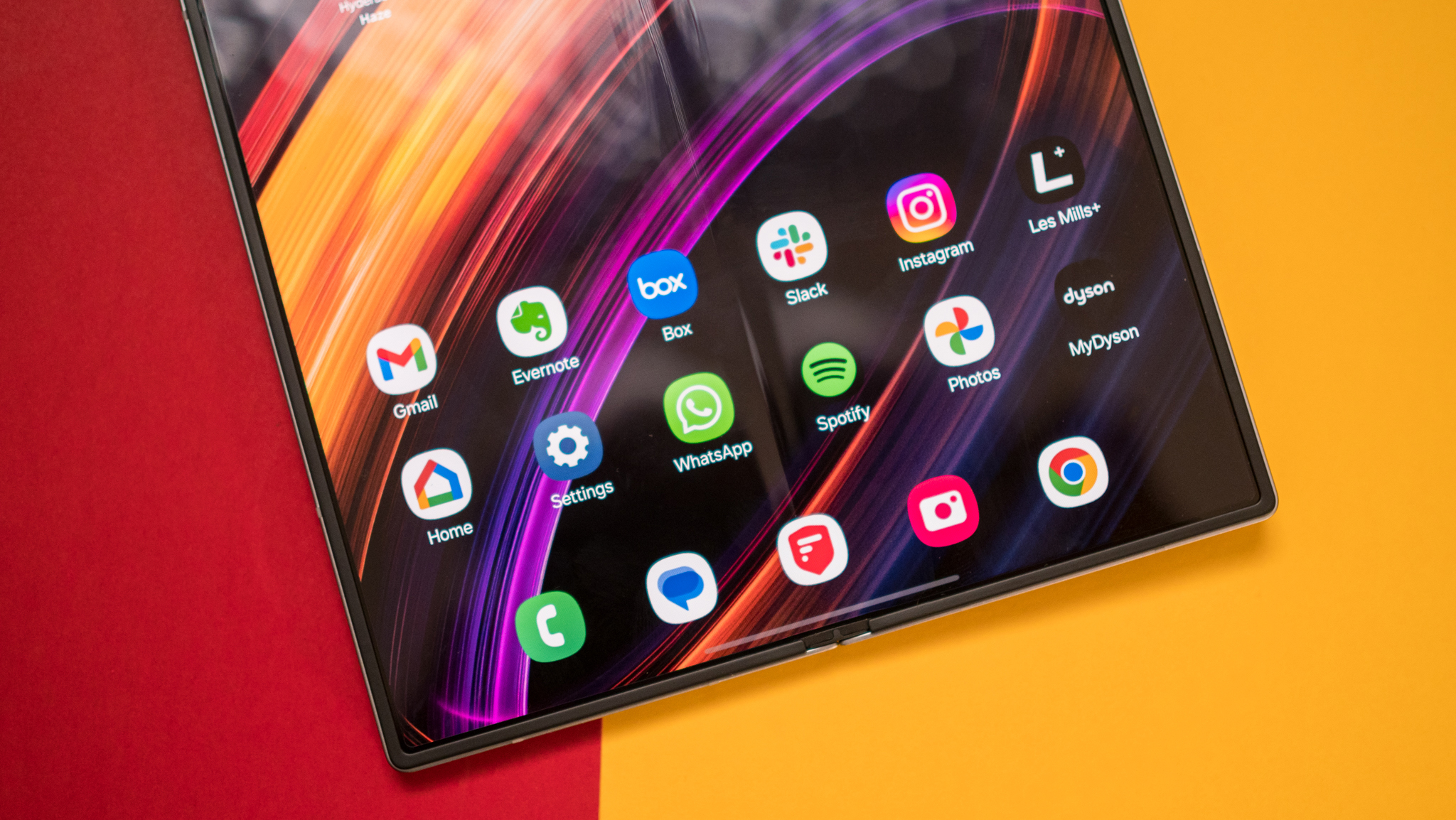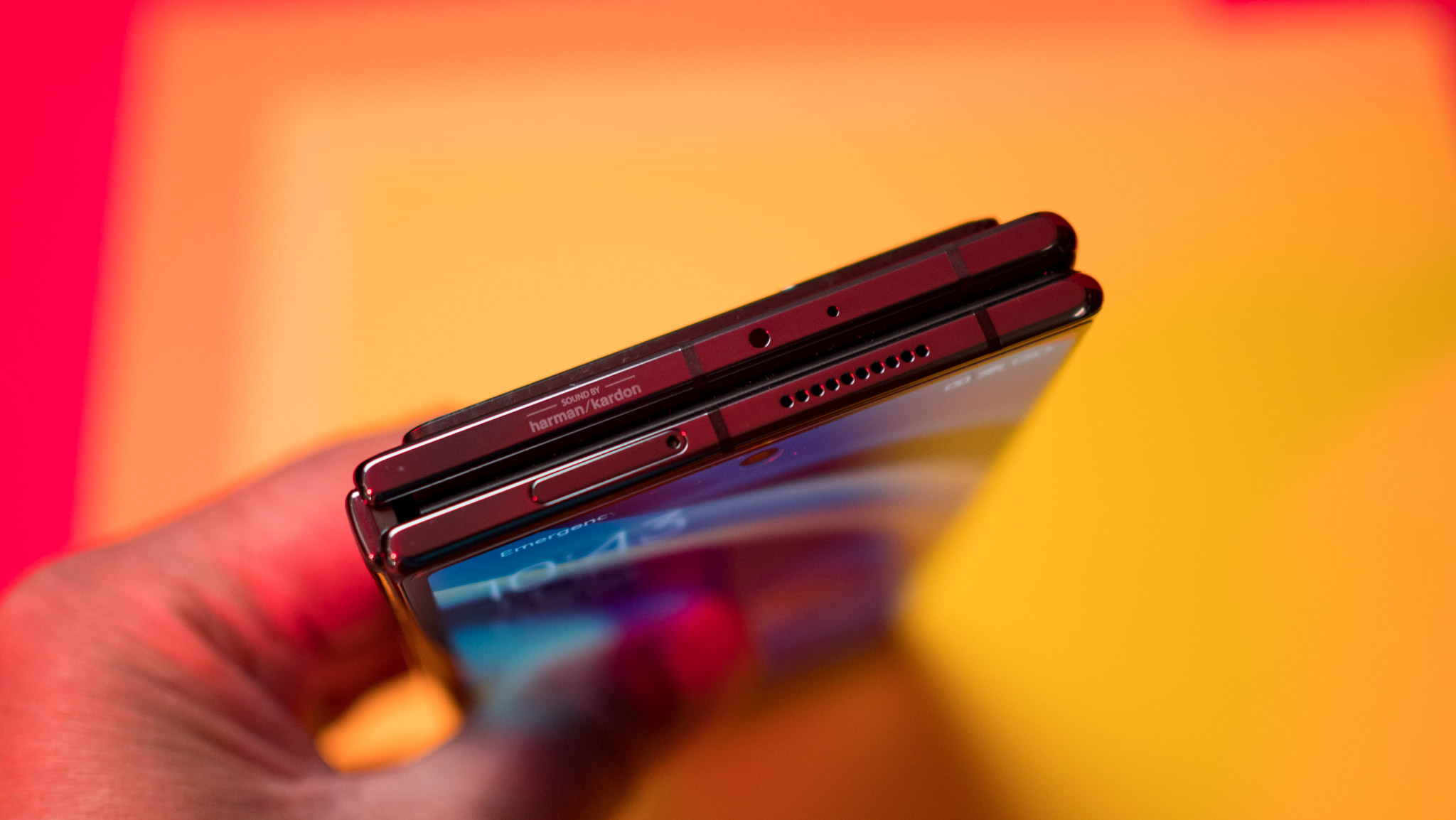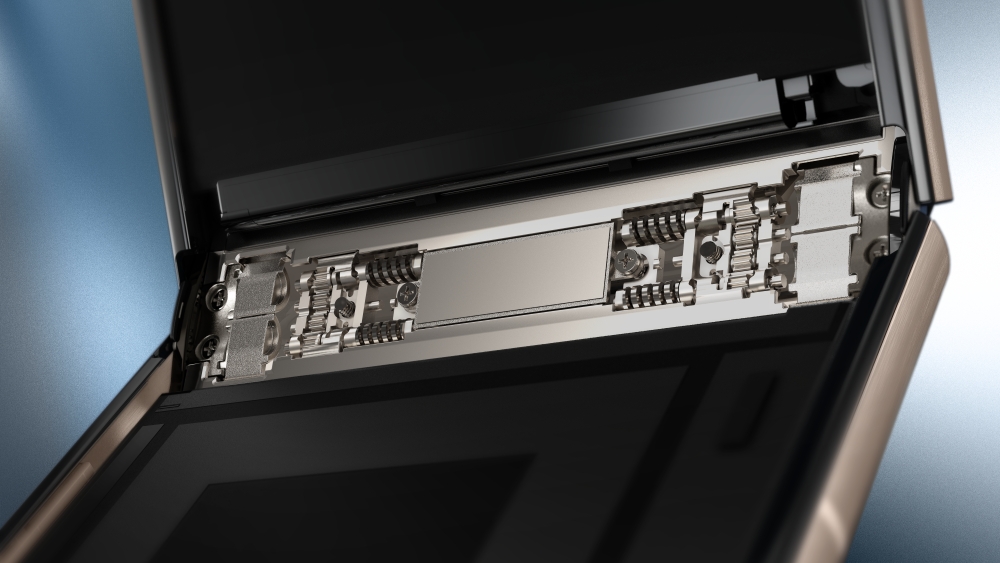Ask Jerry: Will foldable phones ever be durable?

Welcome to Ask Jerry, where we talk about any and all the questions you might have about the smart things in your life. I'm Jerry, and I have spent the better part of my life working with tech. I have a background in engineering and R&D and have been covering Android and Google for the past 15 years.

Ask Jerry is a column where we answer your burning Android/tech questions with the help of long-time Android Central editor Jerry Hildenbrand.
I'm also really good at researching data about everything — that's a big part of our job here at Android Central — and I love to help people (another big part of our job!). If you have questions about your tech, I'd love to talk about them.
Email me at askjerryac@gmail.com, and I'll try to get things sorted out. You can remain anonymous if you like, and we promise we're not sharing anything we don't cover here.
I look forward to hearing from you!
Will foldables always be so fragile?

Bob (and others) have asked:
I've had three Galaxy Z Folds and they all cracked down the middle. I understand it is a problem, but will it ever be rectified?
Thanks
Get the latest news from Android Central, your trusted companion in the world of Android
It's one of those messages you hate to read; foldable phones break a lot more often and for what seems like no reason. Can this ever be less of a problem?
The quick answer is that phones or other devices that use any sort of super-thin glass that folds will always be more fragile than ones that don't. No magic can change that, but they should be getting more durable every year — probably not for the reason you think, though.
The entire problem is the thin glass. To have glass that can bend over and over without breaking, it's got to be thinner than a human hair and treated with a special series of coatings. It's amazing, but by its very nature, it's also extremely fragile.

Making glass bend is about a lot more than the glass. New methods will surely make a more durable sheet of Ultra-Thin-Glass in the future, but the biggest way to alleviate the issue is through the design of the phone itself.
Very thin glass has a very low tensile strength, meaning that any defect — i.e., a scratch, a nick, or a crack — will lead to catastrophic failure eventually. A folding phone with a blemish on the glass will split right down the crease every time.

The solution is to do everything possible to keep the screen from being inadvertently damaged. That's why there's a plastic coating on the glass and a plastic permanent screen protector. It's also why foldable phones don't truly fold in half, and the two sides never touch. When all is said and done, though, the hinge is the single most important part of the design.
Having all the plastic (which feels much better now than it did just a few years ago, because science) in place is easy to figure out. If a piece of dirt from your pocket weasels its way near the screen, it should scratch the plastic layer and leave the glass alone.
That's also why it's built so that the two sides don't meet when it's closed. You don't want the screen to rub against itself, so the phone folds a tiny bit less than 180 degrees, and there is a small lip around the edge of the phone's body.
This prevents tiny scratches. It's also why you should never push anything except the soft end of your finger onto a folding phone's screen; your fingernail or something hard could dent the glass through the plastic coatings. Yes, it's that thin.
But again, the most important and probably most difficult part of the design is the hinge. Imagine if a folding phone's hinge had a little bit of side-to-side wiggle, and what that would do to the edge of a really thin sheet of glass. It would cause a tear along the edge, and that spells the end of the line for your display in short order.

On the flip side (see what I did there?) the hinge has to be easy to operate the way it should. it has to fold smoothly without much force yet stay rigidly in place when it is open. Any movement can create a tiny crack that kills your foldable.
Nobody seems to appreciate the work being done here enough, except the people doing it. The hinge design is 100% why you can have a folding phone in the first place, and as they get better, reports of busted screens become less common — remember the first Galaxy Z Fold and all the pictures on social media of broken ones?
Foldables will never be MIL-SPEC tough or rugged devices, and we probably wouldn't even want a thick, bulky 20-ounce phone anyway. But they are getting better and will keep getting better as more work is done to keep everything moving only the way it's supposed to move.

Jerry is an amateur woodworker and struggling shade tree mechanic. There's nothing he can't take apart, but many things he can't reassemble. You'll find him writing and speaking his loud opinion on Android Central and occasionally on Threads.
You must confirm your public display name before commenting
Please logout and then login again, you will then be prompted to enter your display name.

